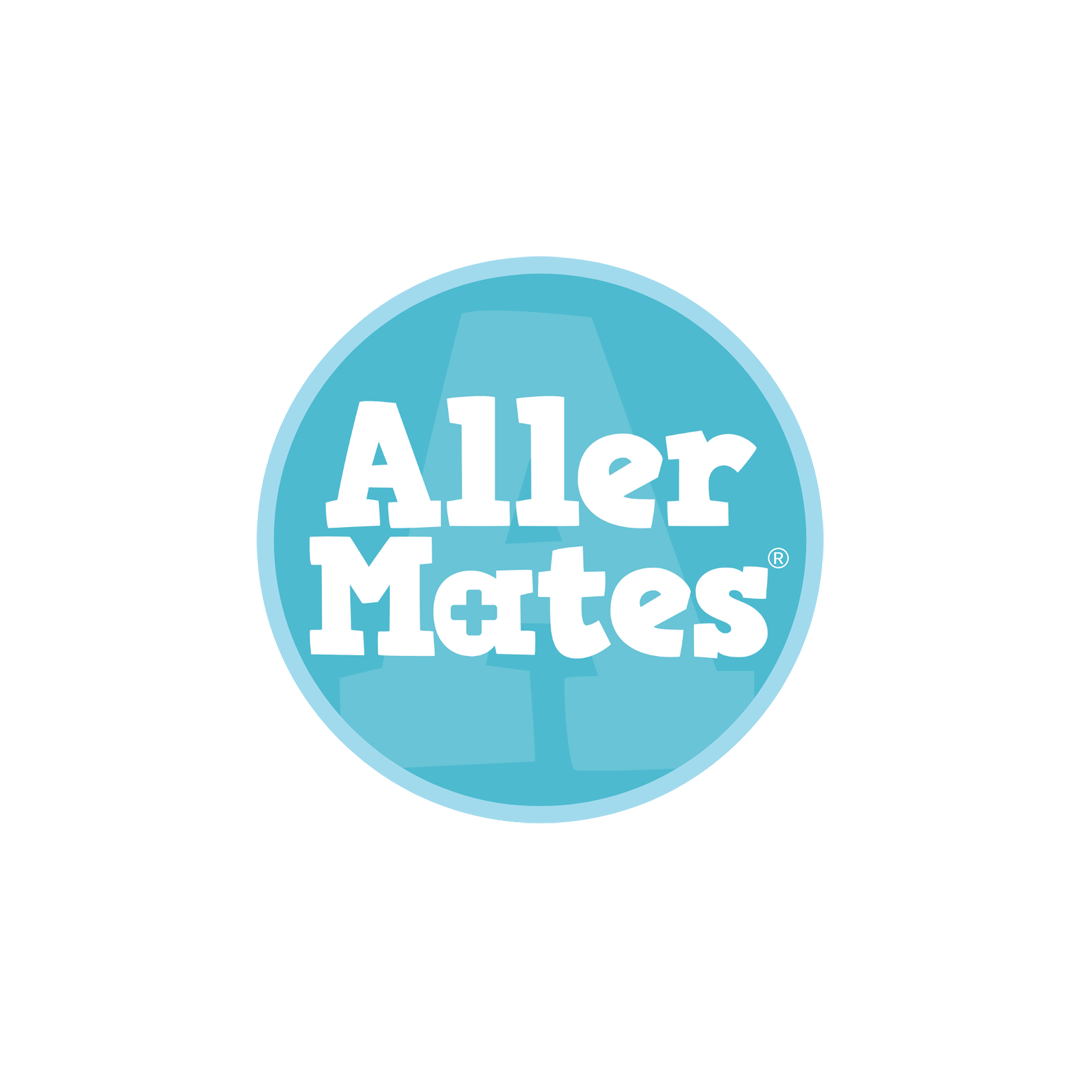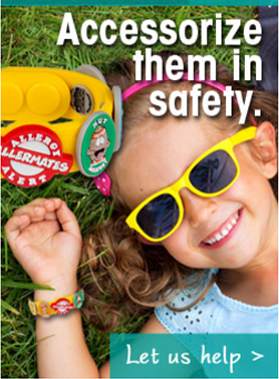
Gluten-free Kids: What You Need to Know
Wheat and Gluten are serious problems for millions of people worldwide, so you’re not alone.
- 18 million people have a wheat intolerance.
- 3 million have Celiac Disease.
- 300.000 have a wheat allergy.
There is also a trend lately toward wheat- and gluten-free food among people who do not have these conditions, such as those adhering to the popular Paleolithic Diet. But here’s the good news: with so many people avoiding these ingredients, many companies and even restaurants now offer wheat- and gluten-free options for our kids and us. So even if your child has been diagnosed with a serious health issue, you should be able to find recipes, ingredients and prepared foods that are safe for gluten-free kids to eat. Having these available will make the transition to a wheat- and/or gluten-free diet much easier!
Why do people need a wheat or gluten-free diet?
There are 3 main reasons for avoiding wheat and gluten.
- 1. Wheat intolerance is when the body doesn’t digest wheat properly, leading to physical symptoms that can be painful and embarrassing.
- 2. Celiac Disease is a digestive disease that damages the small intestine every time a person eats gluten, which is a component of wheat, rye and barley.
- 3. Wheat allergy is much like other food allergies, which can cause a variety of physical reactions including anaphylaxis, which is a life-threatening emergency.
Is it serious?
It is absolutely critical that those with these conditions never ingest even a tiny amount of wheat, and for Celiac patients, they must also avoid all gluten foods, including barley and rye. Even trace amounts are a major health risk!
What do I need to know about the wheat and gluten-free diet?
Gluten is found in a lot of foods. Unless they’re specially labeled as gluten-free, all breads, crackers and pastas are made with wheat flour, a main source of gluten. It is also in many products you might not suspect, like soups, gravy, sauces, lunch meats, snack foods and chips, salad dressings and more. The only way to tell is to read labels and to know how to identify wheat and gluten ingredients!
What are the symptoms of wheat intolerance?
Symptoms vary and include digestive problems like diarrhea, gas and vomiting, headaches, psoriasis and stiff joints.
What are the symptoms of Celiac Disease?
There are over 300 documented symptoms, with the most common being diarrhea or constipation, gas and bloating. Some people do not show symptoms at all, even though the intestine is suffering damage.
What are the symptoms of Wheat Allergy?
Immune system responses like hives, swelling, shortness of breath and even anaphylaxis can occur. Wheat allergy patients may carry and epinephrine auto-injector in case of accidental exposure, and should have a Food Allergy Action Plan in place describing emergency treatment steps you should take.
Can these conditions be cured?
There is no cure or medication for any of these wheat- and gluten-related diseases. The only treatment is a strict wheat and/or gluten-free diet. In the case of wheat allergy, however, emergency medications are critical to fighting anaphylaxis.
reaction starts,
act fast!
- Children should tell an adult
- Use emergency medication if prescribed. Do it exactly the way the doctor has explained and the way you have practiced

ASK OUR MEDICAL EXPERTS
We get questions from parents and caregivers daily regarding kids’ allergies, and we go straight to the source for the answers – the experts, our doctors.




